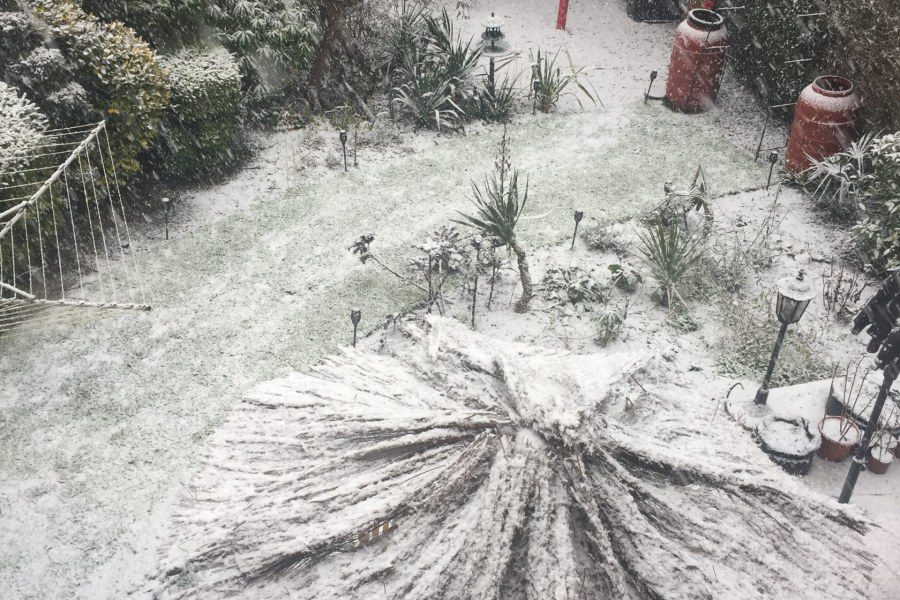Understanding the suitability of plants for different climates is essential for successful gardening and landscaping. Two widely used systems for determining climate suitability are the Royal Horticultural Society (RHS) Hardiness Ratings and the United States Department of Agriculture (USDA) Plant Hardiness Zones. While these systems serve distinct regions, they offer valuable guidance to gardeners worldwide. In this article, we will delve into the correlation between RHS Hardiness Ratings and USDA Plant Hardiness Zones, providing a detailed comparison along with a comprehensive chart. The Difference Between RHS Hardiness Ratings and USDA Zones
RHS Hardiness Ratings Demystified
The RHS Hardiness Ratings were developed by the Royal Horticultural Society to assist gardeners in the United Kingdom in selecting plants suitable for the British climate. These ratings categorize plants based on their ability to withstand minimum winter temperatures, with ratings ranging from H1 (the mildest) to H7 (the coldest).
Understanding USDA Plant Hardiness Zones
In the United States, the USDA Plant Hardiness Zones are a widely recognized standard for determining which plants are likely to thrive in specific regions. These zones are based on average annual extreme minimum temperatures and are divided into 13 zones, ranging from Zone 1 (the coldest) to Zone 13 (the warmest).
Correlation Between RHS and USDA Zones
While the RHS and USDA systems differ in scale and methodology, there is a correlation between their respective zones. However, the correlation is not always straightforward due to variations in climate patterns and temperature measurements.
Correlation Chart:
This chart now includes approximate temperature ranges in Centigrade for each RHS Hardiness Rating and USDA Plant Hardiness Zone, providing additional context for gardeners.
| RHS Hardiness Ratings | USDA Plant Hardiness Zones | Approximate Temperature Range (°C) |
|---|---|---|
| H1a H1b H1c | 13 12 11 | >15°C 10 to 15°C 5 to 10°C |
| H2 | 10b | 1 to 5°C |
| H3 | 9b to 10a | -5 to 1°C |
| H4 | 8b to 9a | -10 to -5°C |
| H5 | 7b to 8a | -15 to -10°C |
| H6 | 6b and 7a | -20 to -15°C |
| H7 | 6a | Below -20°C |
Practical Implications for Gardeners
Understanding the correlation between RHS Hardiness Ratings and USDA Plant Hardiness Zones can help gardeners make informed decisions when selecting plants for their gardens. By referencing both systems, gardeners can better assess the suitability of plants for their specific climate conditions, whether they are in the UK, the US, or elsewhere.
Conclusion
While the RHS and USDA systems serve different regions, they offer valuable insights into climate suitability for plants. By understanding the correlation between their respective zones, gardeners can navigate the vast world of plants more effectively, ultimately creating thriving gardens tailored to their unique climates.


